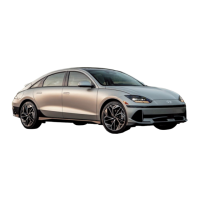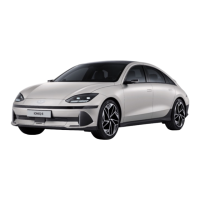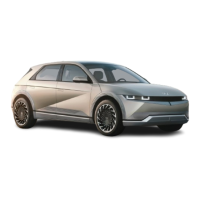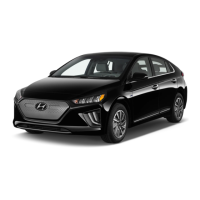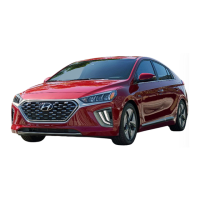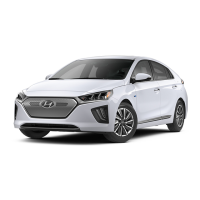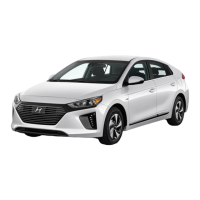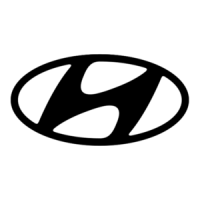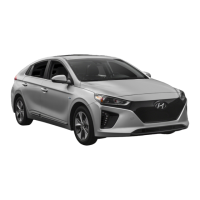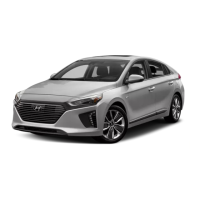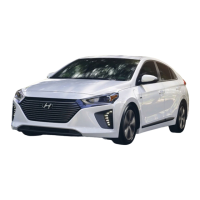3
3-29
or by a LATCH system in the rear seats of
the vehicle.
Child Restraint System (CRS)
Infants and younger children must be
restrained in an appropriate
rearward-facing or forward-facing CRS
that has first been properly secured to the
seat of the vehicle. Read and comply with
the instructions for installation and use
provided by the manufacturer of the Child
Restraint System.
WARNING
An improperly secured child restraint can
increase the risk of SERIOUS INJURY or
DEATH in an accident. Always take the
following precautions when using a Child
Restraint System:
• NEVER install a child or infant restraint
in the front passenger's seat.
• Always properly secure the child
restraint to a rear seat of the vehicle.
• Always follow the child restraint system
manufacturer's instructions for
installation and use.
• Always properly restrain your child in
the child restraint.
• If the vehicle head restraint prevents
proper installation of a child seat (as
described in the child restraint system
manual), the head restraint of the
respective seating position shall be
readjusted or entirely removed.
• Do not use an infant carrier or a child
safety seat that "hooks" over a
seatback, it may not provide adequate
protection in an accident.
• After an accident, have an authorized
HYUNDAI dealer check the child
restraint system, seat belts, tether
anchors and lower anchors.
Selecting a Child Restraint
System (CRS)
When selecting a Child Restraint System
for your child, always:
• Make sure the Child Restraint System
has a label certifying that it meets
applicable Federal Motor Vehicle
Safety Standards (FMVSS 213).
• Select a Child Restraint System based
on your child’s height and weight. The
required label or the instructions for use
typically provide this information.
• Select a Child Restraint System that fits
the vehicle seating position where it will
be used.
• Read and comply with the warnings
and instructions for installation and use
provided with the Child Restraint
System.
Child Restraint System types
There are three main types of Child
Restraint Systems: rearward-facing,
forward-facing and booster Child
Restraint Systems.
They are classified according to the
child’s age, height and weight.
Rearward-facing Child Restraint System
B3002201
A rearward-facing Child Restraint System
provides restraint with the seating
surface against the back of the child. The
harness system holds the child in place,
and in an accident, acts to keep the child
positioned in the Child Restraint Systems
Hyundai_CE_en_US.book Page 29
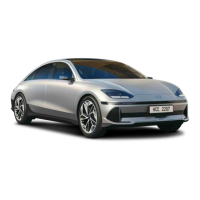
